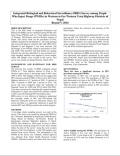Publications on People Who Inject Drugs (PWID)

Resource | Publications,
Countries experiencing concentrated epidemics of HIV need the size of key populations (KPs) to guide the national response on HIV and AIDS. Conducting a robust method to estimate the size of KPs is quite challenging as most of them are hidden and do not want to disclose their identity due to stigma and discrimination associated with their behaviour. KPs in Bangladesh include female sex workers, people who inject drugs, men who have sex with men including transgender/Hijra and sex workers, and clients of sex workers in the country or abroad.
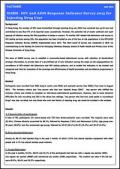
Resource | Fact Sheets,
In Hong Kong, the number of HIV cases transmitted through injecting drug use (IDU) has remained low up till now and contributed to less than 5% of all reported cases cumulatively. However, the potential risk of cluster outbreak and rapid upsurge of infection among the IDU population is always a concern. To monitor HIV-related risk behaviours and access to HIV testing services among IDU, this population has been included as one of the four at-risk populations in the HIV/AIDS Response Indicator Survey (HARiS) implemented since 2013.
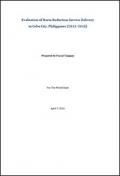
Resource | Publications,
In March 2013, Population Services International (PSI) was contracted to lead the implementation of the Big Cities Project (BCP) between April 15, 2013 and December 31, 2015 with a total budget of US$1,840,000 committed by the World Bank and the Asian Development Bank (ADB). The ultimate goal of the project was to reduce HIV transmission by reducing risk behaviors among people who inject drugs (PWID).
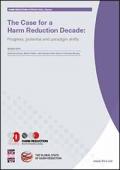
Resource | Publications,
The study uses data we have collected over the last 10 years for our biennial Global State of Harm Reduction reports to assess progress and reflect on challenges faced around the world. Using mathematical modelling, it then outlines the potential impact of increased investment in harm reduction on avoidable health-related harms associated with injecting drug use over the next decade and beyond.
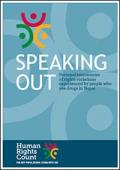
Resource | Publications,
In Nepal, the National Association of People Living with HIV/AIDS (NAP+N) consulted with key population networks and decided to focus specifically on people who use drugs and are living with HIV. This report is a result of community-led research carried out by NAP+N and the Drug Users Network in Nepal (DUNA). Together, they gathered testimonies of human rights violations against people from these populations. In total, 34 people were interviewed for this study.









